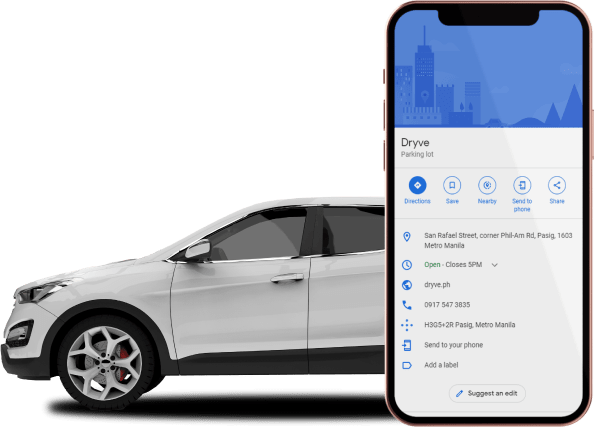Low vs. High Mileage: What’s the Difference?
Low Mileage (typically below 50,000 km)
These cars haven’t been used much and often show less wear and tear. This usually means:
- Better engine and suspension condition
- Longer lifespan before major repairs are needed
- Higher resale value in the future
- A good option for first-time buyers who want a relatively “fresh” unit
For example, a three-year-old sedan with 30,000 km is likely to have been lightly used, making it an excellent choice for those who want a reliable daily vehicle without paying the price of a brand-new unit.
High Mileage (usually above 80,000–100,000 km)
These vehicles have been on the road longer, which may require more frequent maintenance. However, high mileage does not necessarily mean the car is in poor condition. Many repo units are well-maintained and remain mechanically sound.
What matters most is how the car was taken care of, not just the number on the odometer. A high-mileage unit with complete maintenance records can often be more reliable than a low-mileage car that has been neglected.
How to Check if the Mileage is Worth It
- Compare the mileage with the car’s age.
A good rule of thumb is around 10,000 to 15,000 km of usage per year.
Example: A five-year-old car with 50,000 to 70,000 km is considered average mileage. - Inspect for signs of wear.
Even if the mileage is low, check the seats, pedals, and steering wheel. Heavy wear in these areas despite low mileage might be a red flag. - Check service records or maintenance history.
A repossessed car with complete records is a major advantage. It proves the vehicle was serviced regularly and gives buyers additional peace of mind. - Look for flood or accident history.
Mileage alone does not tell the whole story. A low-mileage car that has sustained flood or accident damage may lead to higher maintenance costs in the long run. - Bring a trusted mechanic.
Especially when buying a unit on an “as is, where is” basis, a professional inspection can help uncover issues that may not be visible at first glance.
At Dryve PH, we provide key details upfront—including mileage, appraisal value, and unit condition—so buyers can make informed decisions before even visiting the vehicle.
Mileage vs. Price: Finding the Best Value
One of the biggest advantages of buying a repossessed car is its lower price compared to a brand-new unit.
For example:
- A three-year-old crossover with 30,000 km might cost 30–40% less than its brand-new counterpart.
- A sedan with 80,000 km may still be a great purchase if the appraisal value is low and the unit has been well-maintained.
Mileage can be your bargaining edge. It helps determine whether the price of the vehicle truly reflects its condition and expected lifespan. At Dryve PH, our team can guide buyers in finding a unit that fits their mileage preference, usage needs, and budget.
Final Takeaway
Mileage is more than just a number on the dashboard—it is a key indicator of how much life a vehicle has left.
- Low mileage often means less wear and longer usability.
- High mileage does not automatically mean poor condition, especially if the car has been well maintained.
- Understanding mileage can help you avoid costly surprises and maximize your investment.
At Dryve PH, we make car buying smarter and simpler by:
- Listing repossessed cars with transparent mileage and appraisal details
- Guiding buyers to find units that match their budget and lifestyle
- Assisting with bidding and purchase steps from start to finish
Browse available units at www.dryve.ph or contact us through Facebook, TikTok, or Instagram @DryvePH.
Buying your first car should not be a gamble—it should be a smart investment. With Dryve PH, car ownership becomes simpler, more practical, and more affordable. It’s easy #JustDryve














